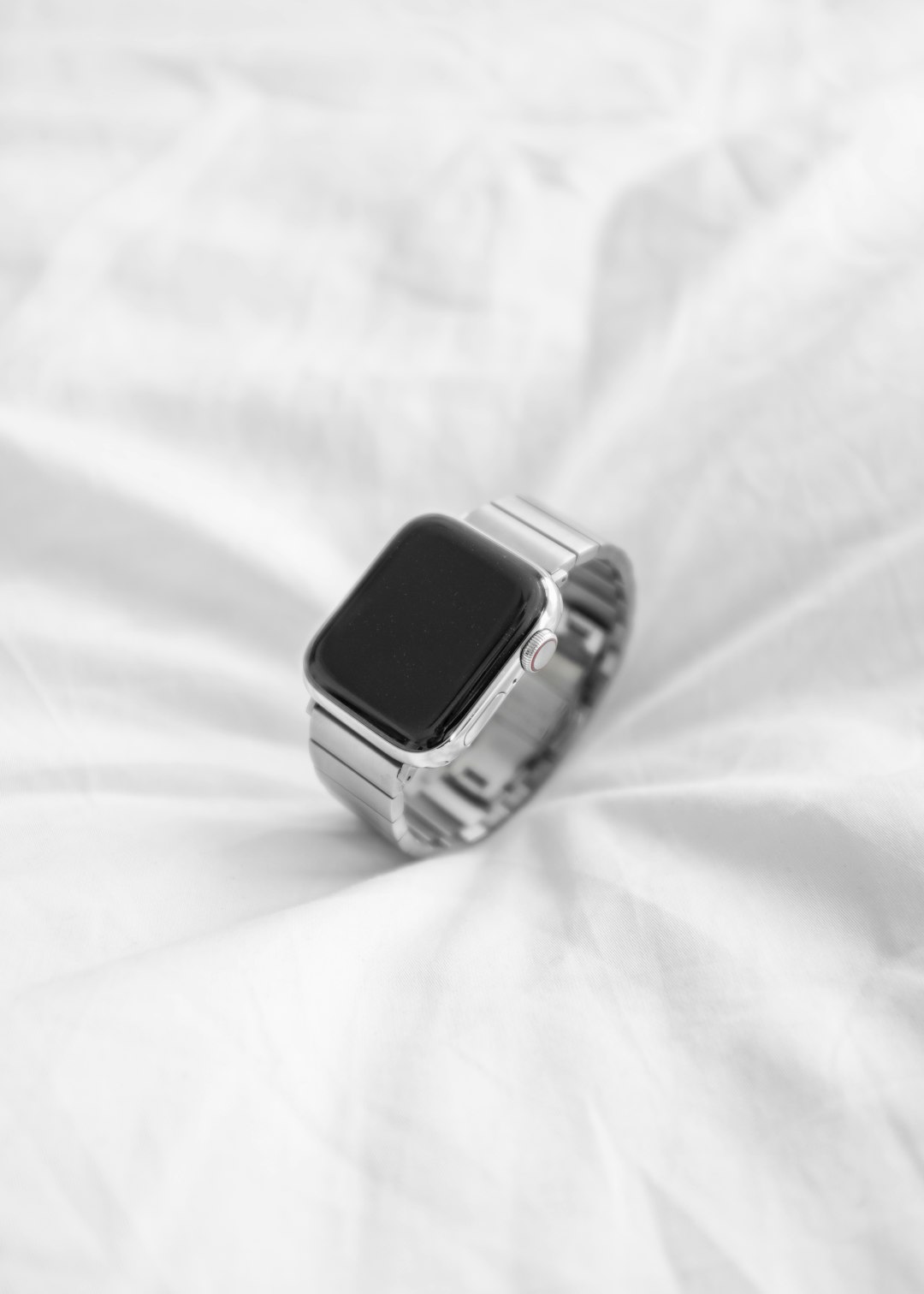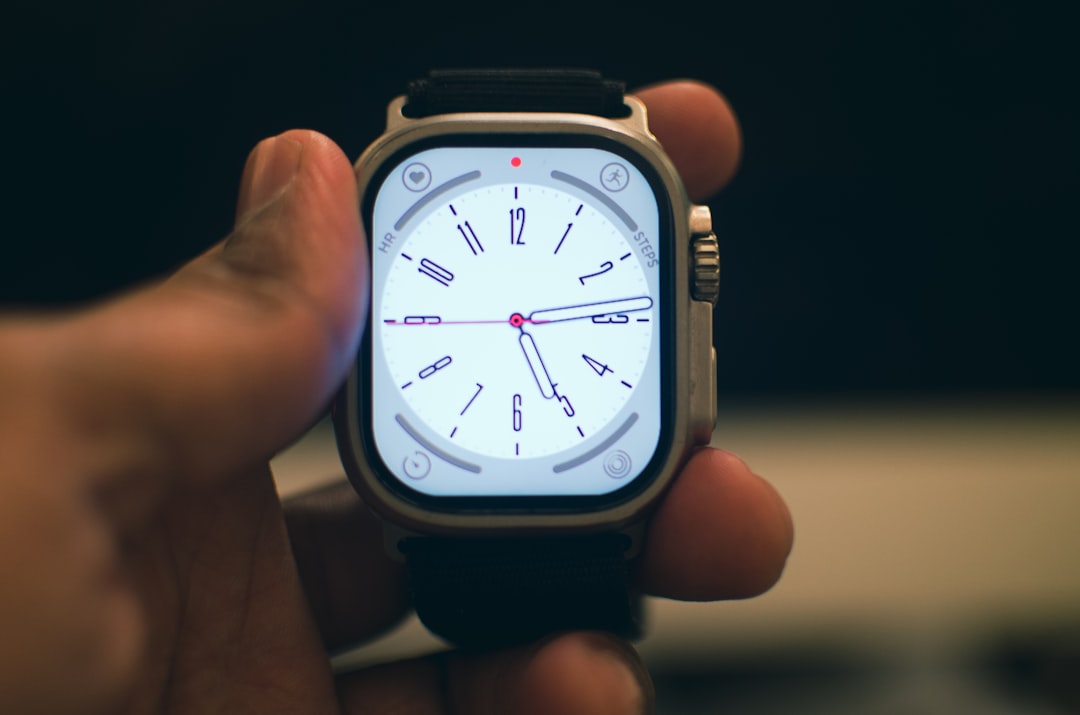Apple Watches have become an essential piece of technology for millions of users globally. With each new series, Apple pushes boundaries in wearable technology, integrating innovative features like ECG, fall detection, and enhanced health metrics. But as with all electronics, customers often wonder: How long do Apple Watches actually last? Understanding the longevity of these devices is crucial for budget-conscious buyers, fitness enthusiasts, and anyone relying on their watch for daily use.
The Average Lifespan of an Apple Watch
On average, an Apple Watch lasts between three to five years before it starts to show signs of age that may impact usability. This timeframe can vary depending on how the watch is used, cared for, and which model it is. Users who wear their Apple Watch daily and rely heavily on apps, notifications, and health tracking are more likely to reach closer to the three-year mark before considering a replacement.
There are a few key factors that contribute to the lifespan of an Apple Watch:
- Battery Health
- Software Compatibility
- Wear and Tear
- Hardware Capabilities
Battery Degradation Over Time
Much like smartphones, Apple Watches rely on lithium-ion batteries. Over time, these batteries lose their ability to hold a charge. According to Apple, the battery in an Apple Watch is designed to retain up to 80% of its original capacity at 1000 complete charge cycles, which typically translates to about 2-3 years of daily use.
As the battery degrades, the watch may still function normally but require more frequent charging. Symptoms of significant battery aging include:
- Sudden shutdowns even with apparent battery reserve
- Slower performance
- Reduced daily runtime
Fortunately, Apple offers battery replacements for most models, which can extend the usable life substantially.
Software Updates and Compatibility
Software support is another critical determinant of an Apple Watch’s longevity. Apple typically supports devices with OS updates for about four to six years. After a certain point, older models become ineligible for the latest watchOS updates, which means reduced access to new features and potential security vulnerabilities.
For example:
- Apple Watch Series 3 launched in 2017 and received updates until watchOS 8 (2021)
- Apple Watch Series 4, introduced in 2018, continues to support the latest updates (as of 2024)
While a device may still function after OS support ends, lack of updates can diminish its value, performance, and compatibility with newer iPhones.
Physical Durability and Daily Wear
Apple Watch models are built with high-quality materials such as aluminum, stainless steel, sapphire crystal, and ceramic. These materials are generally resistant to normal wear and tear, but over time, scratches, dents, or cracks may appear, particularly on models with softer aluminum casings or Ion-X glass displays.

A well-maintained watch, kept away from moisture (if not water-resistant), extreme temperatures, or mechanical impact, can last longer than one exposed to harsher conditions. Bands can also wear out, but they are easily replaceable. Just keep in mind that hardware repairs or replacements outside of warranty can be costly.
When Users Typically Upgrade
Even if the hardware continues to perform, most users choose to upgrade their Apple Watch every 3-4 years. The most common reasons include:
- New Features: Health sensors, faster processors, and design updates entice users to upgrade.
- App compatibility: Some newer apps require updated watchOS unavailable to older models.
- Battery performance: Instead of replacing a battery, many opt for a full upgrade.
As new models are released with significant enhancements — such as blood oxygen monitoring, temperature sensing, or crash detection — the perceived value of sticking with an older watch decreases.
Extending the Life of Your Apple Watch
For those who prefer stretching their investment, there are several ways to prolong the life of an Apple Watch:
1. Maintain Battery Health
- Avoid charging to 100% constantly. Try to keep battery levels between 20%-80%
- Use the Optimized Battery Charging feature introduced in watchOS to reduce battery aging
- Reduce background app usage and notifications to conserve power
2. Protect the Hardware
- Use a screen protector or case if you’re involved in physical activities
- Clean the watch regularly to prevent debris from entering the digital crown or buttons
- Keep it dry unless it’s a water-resistant model suitable for swimming
3. Know When to Repair vs. Replace
If battery degradation or minor hardware issues arise, consider a repair if the cost is significantly less than a new model. Apple offers battery replacements and some repair services even for out-of-warranty watches.

However, if your Apple Watch is no longer supported by watchOS and isn’t functioning well, replacement might offer better value.
Model-by-Model Longevity Overview
Here’s a general guide on expected usable lifespan by Apple Watch model:
- Series 0 (First Gen): Outdated and unsupported — likely non-functional for modern use
- Series 1–2: Obsolete, not receiving any updates, battery likely degraded
- Series 3: Still in some circulation but on borrowed time due to modest hardware and discontinued support
- Series 4–6: Approaching their sunset years but still usable with watchOS support (as of 2024)
- Series 7–9 & Ultra Models: Arguably the best investments now, and expected to last another 3–5 years comfortably
The Resale and Second-Hand Market
Some users buy second-hand Apple Watches to save money or as a starter device. While this can be economical, you must consider the watch’s battery health, software compatibility, and condition before purchasing.
Always request to see the charge health status (some apps and diagnostics can reveal this) and ensure the watch is not activation locked. Series 4 and newer generally make smarter second-hand purchases due to enhanced performance and ongoing software support.
Conclusion
An Apple Watch can offer 3 to 5 years of reliable service depending on the model, usage patterns, and care. While older models tend to become obsolete after losing software support or suffering battery degradation, newer releases are built with longevity in mind.
If you’re a casual user who doesn’t require the latest features, your watch may serve you well beyond five years with proper maintenance. But for tech-savvy individuals who value cutting-edge capabilities, upgrading every few years remains the most viable approach.
Ultimately, understanding the balance between functionality, repair options, and software updates will help you determine the best moment to replace or hold on to your Apple Watch.



